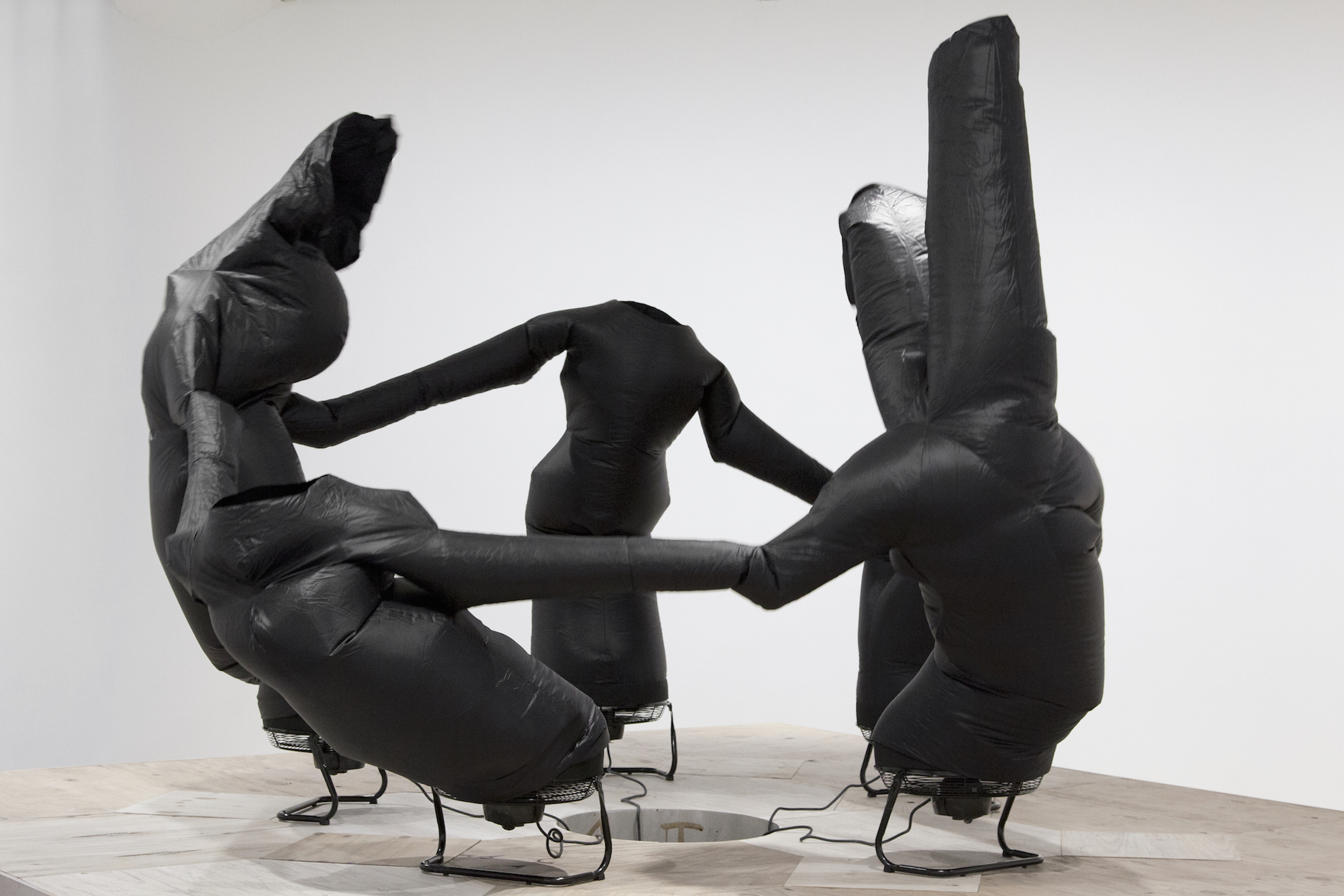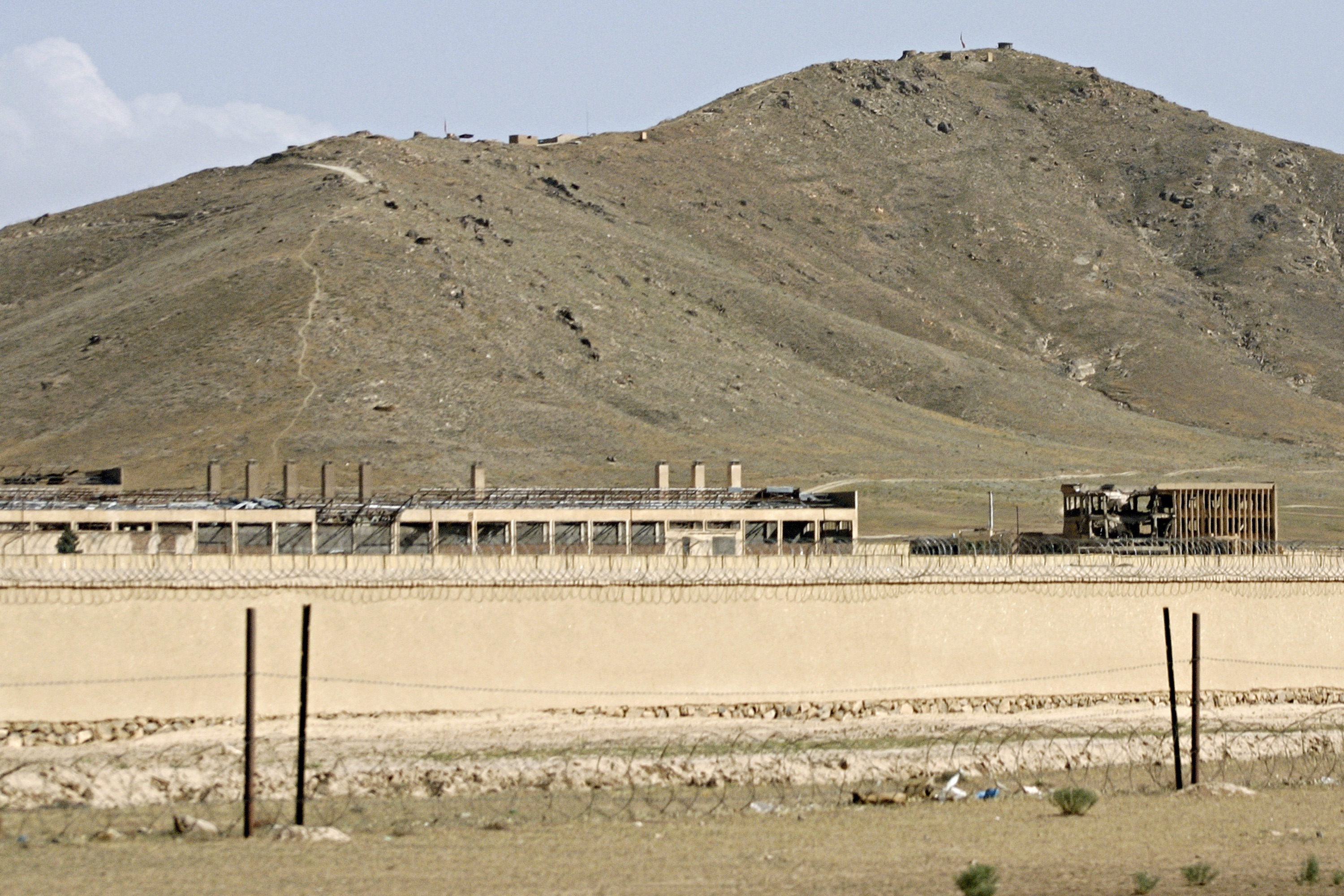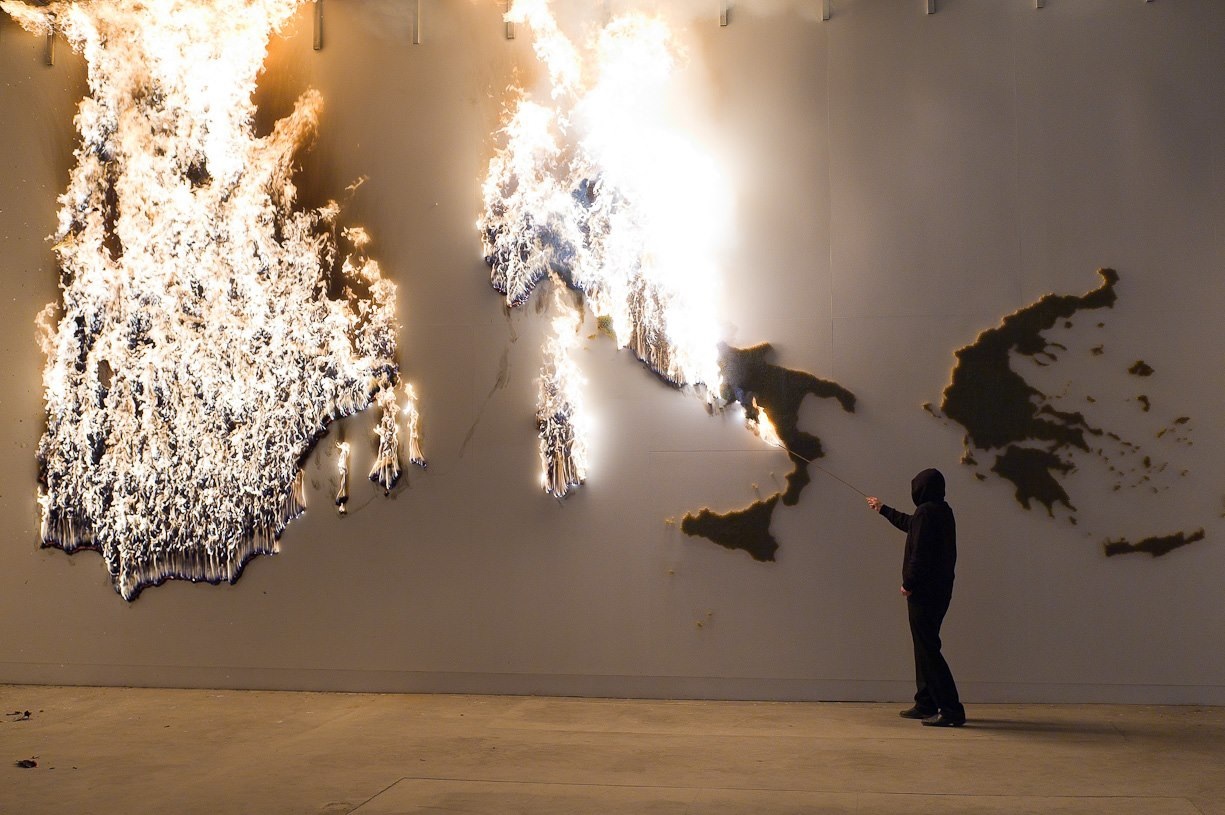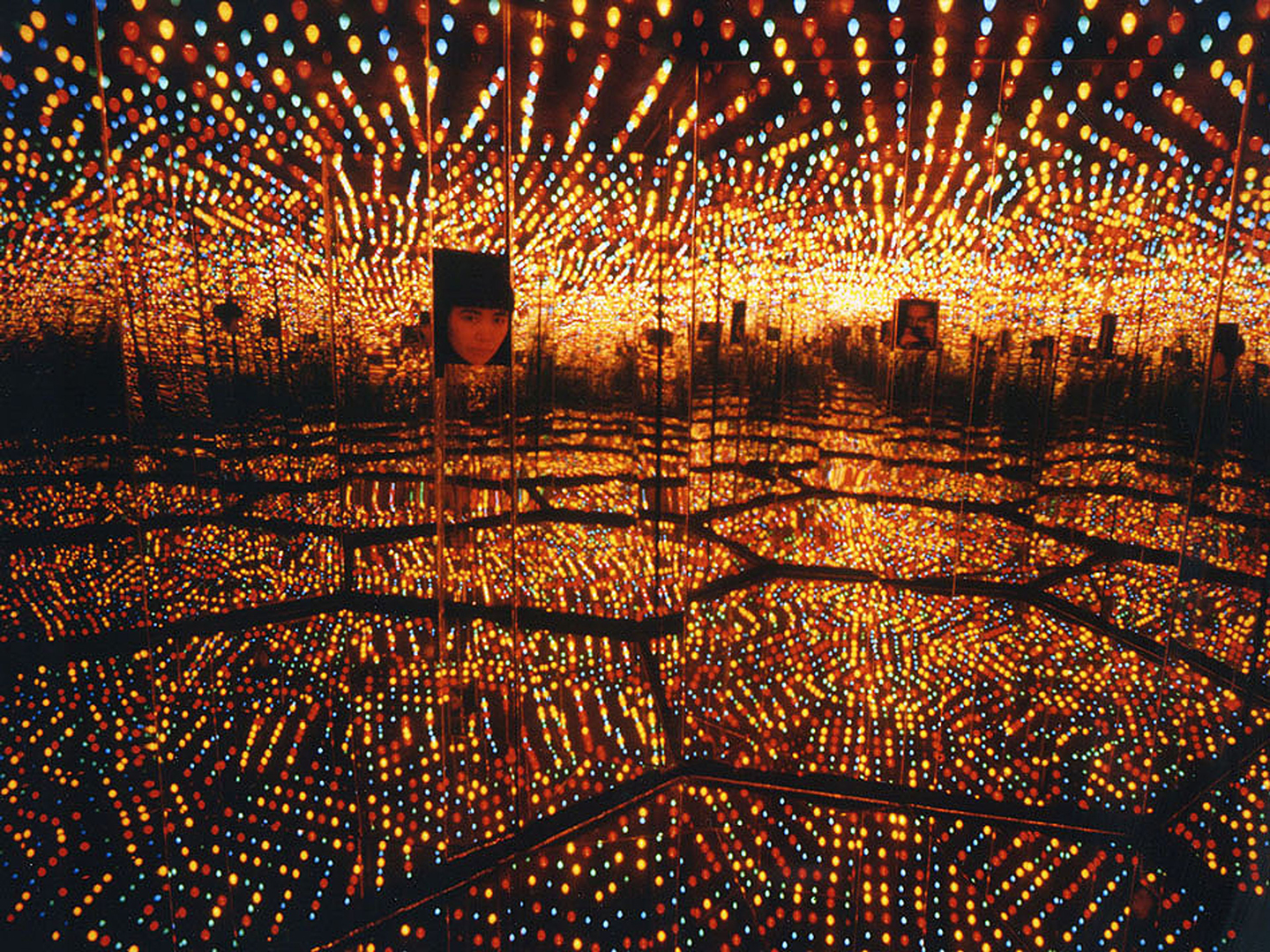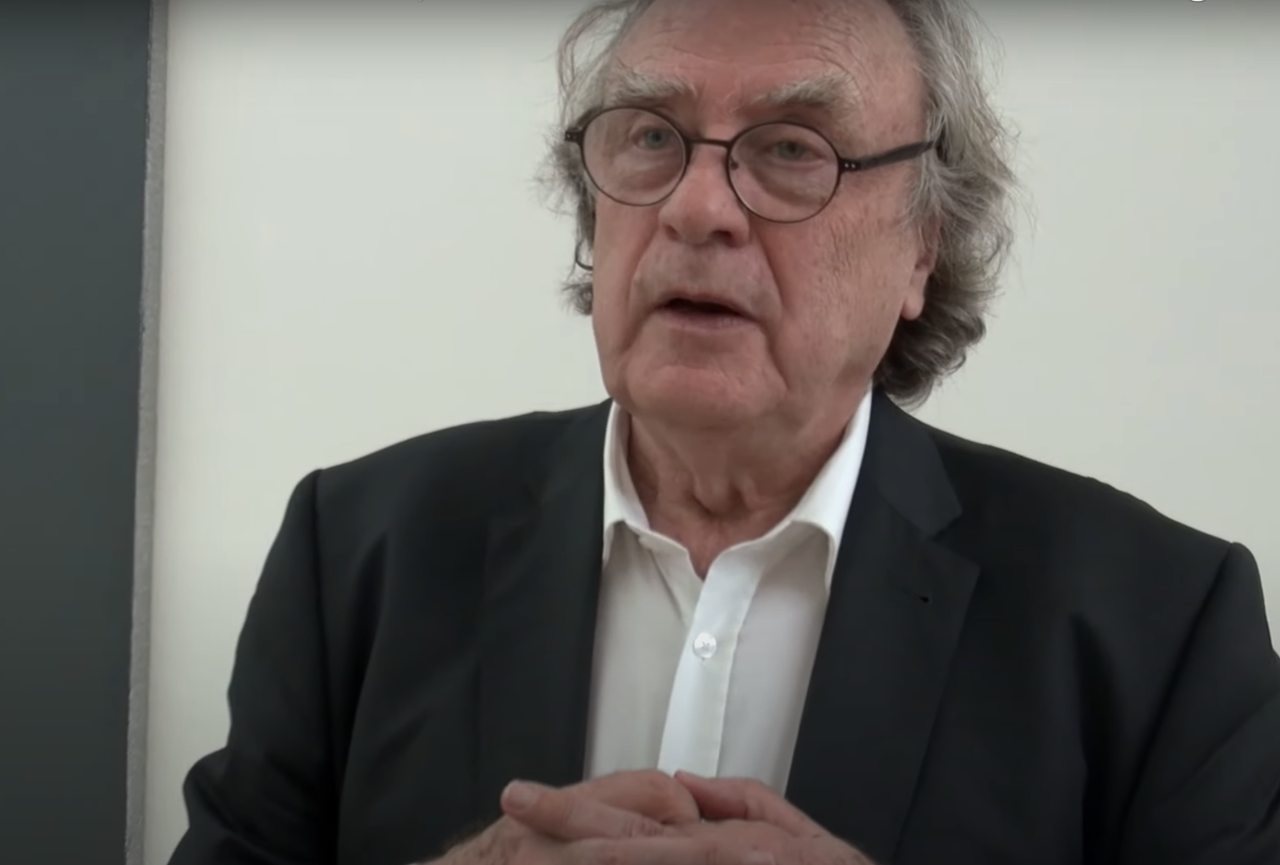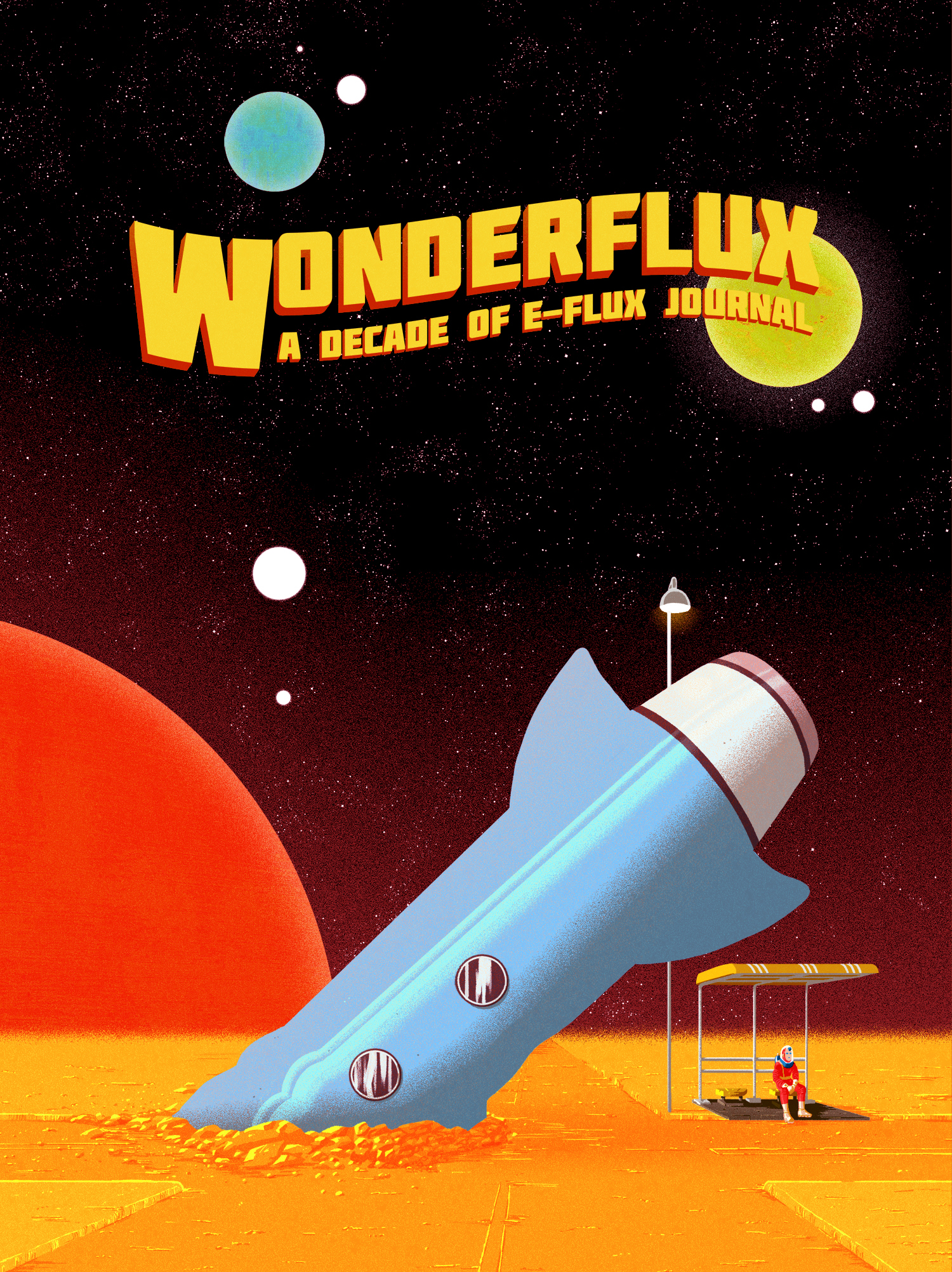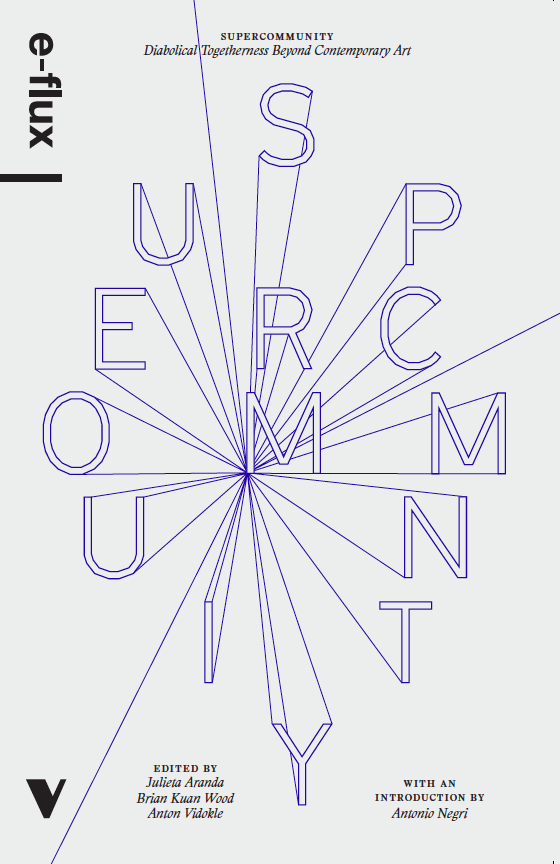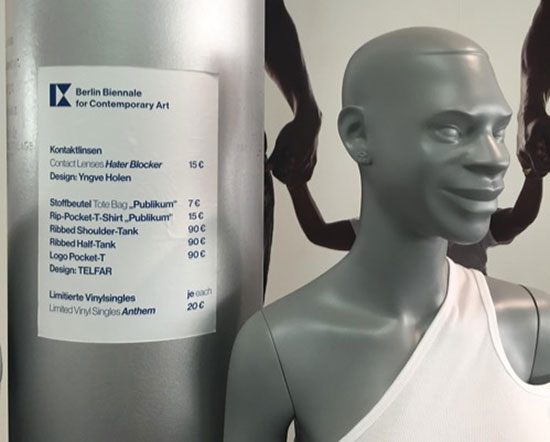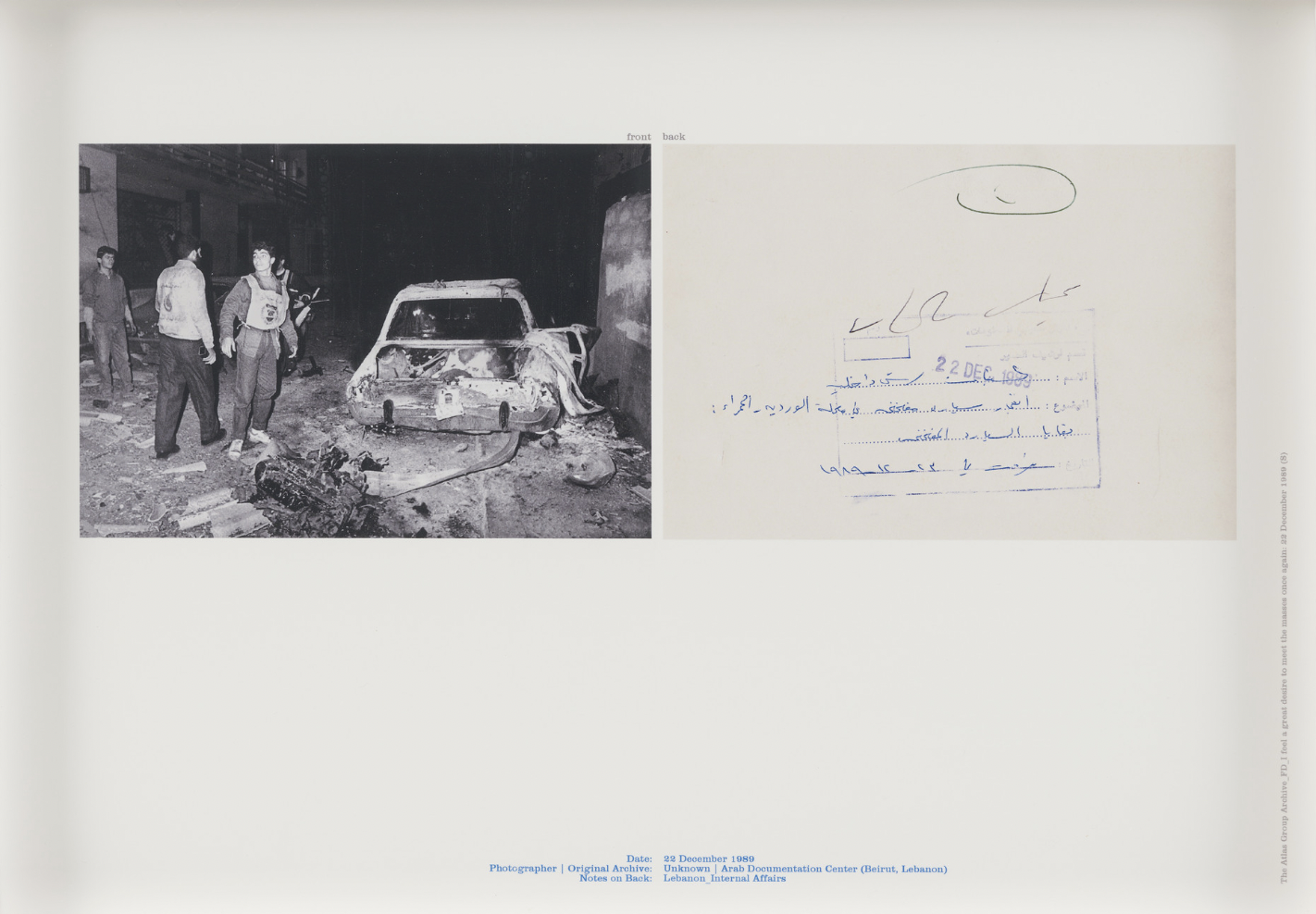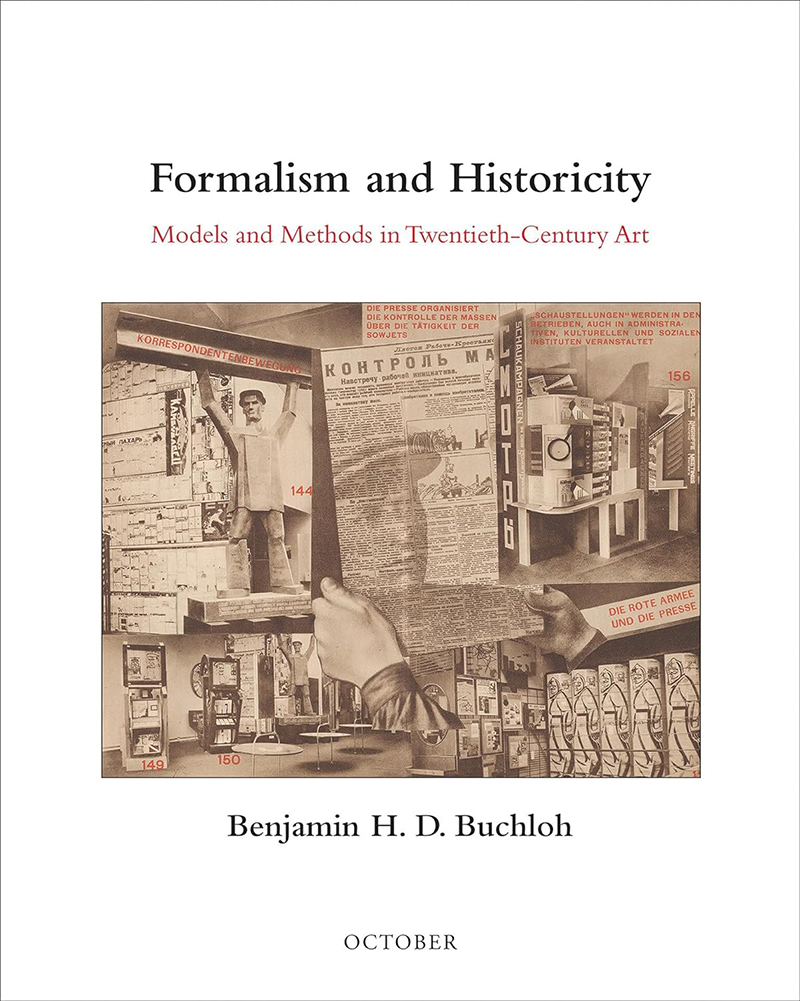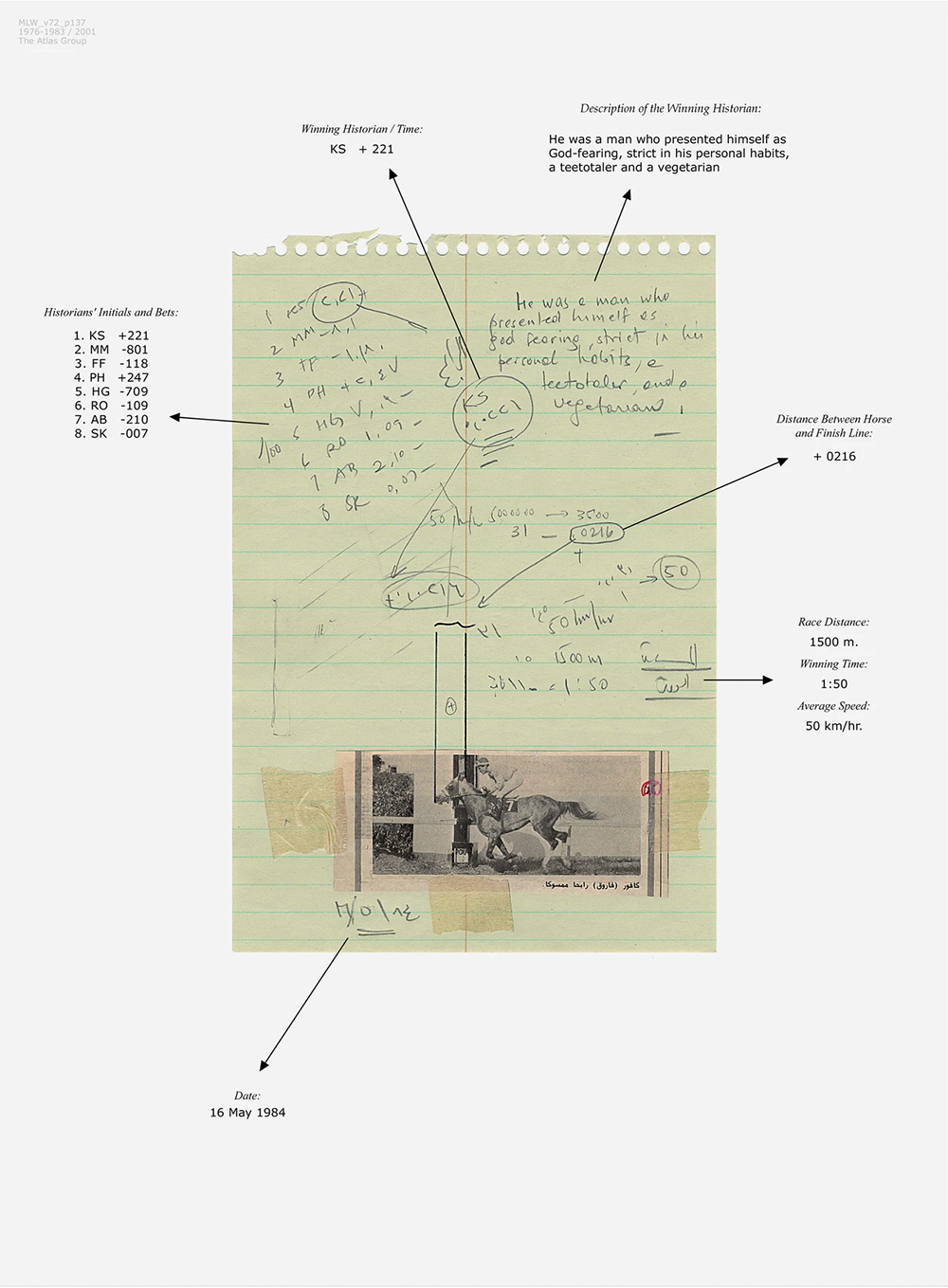For the title of this collection of criticism spanning the past fifteen years, Hal Foster evokes Marx’s famous evocation of Hegel: the observation that “all great world-historic facts and personages” appear first as tragedy, then as farce. For Foster the revelation, after 9/11, that many Americans will accept the “trashing of constitutional laws, the scapegoating of immigrants, and the mobilizing of white supremacists as a small price to pay for even more capital concentration” was a tragedy which recurred as farce with the election of Trump. (Here, as in his other work, Foster never strays from a view centered on the United States.) His question is: “If farce comes after tragedy, what comes after farce, and how do we respond to whatever that is?” Yet something else was happening amid these repetitions: warnings of a pandemic that few heeded and which is now unleashing a crisis whose consequence will define the future to which we must respond. This is not to say this book is already outdated, but it does make it reveal, perhaps against its wishes, the potentials and pitfalls of an approach to criticism that uses art to find “what will happen” next, or to limn the movements of history.
Not that art occupies a particularly privileged role in this collection. Many of the essays act as wider cultural critiques, while others reflect upon critical theory: Jacques Derrida, Giorgio Agamben, Walter Benjamin. Yet in dealing with these figures, Foster merely demands that we “complicate” theoretical claims, like Agamben’s proposition that the state of exception and the administration of private life constitute the hidden laws of modern politics. This is easy because, at least here, the demand to complicate is a rhetorical move that expresses disapproval without providing a persuasive counterargument. If Agamben’s account of politics is too heavily “given in ontological terms”—as Alexander Weheliye and Joshua Clover, among many others, have pointed out—how should we think politics otherwise, and what can art contribute to this task, if it can contribute at all? These essays only serve to underline that the speculative work of theory building—an act of creativity in itself—is not on offer here.
In essays on Trevor Paglen, Sarah Sze, and Paul Chan, Foster reminds us that he can write illuminating, theoretically informed criticism of contemporary art. Chan’s humanoid fabric sculptures, inflated by fans, are opened up by reflections on the etymology of breath, the cunning of Odysseus, and Theodor Adorno and Max Horkheimer’s Dialectic of Enlightenment (1944). Yet he reserves most praise and attention for “artists” like Claire Fontaine, a fictive persona created by a Paris-based collective that serves as a critique of “the spectacular status of the artist today,” or works like Kerry James Marshall’s Untitled (Underpainting) (2018), a painting of black children and adults in a museum, which “constitutes its own reflection on the history of painting, both past and possible”: projects which can be translated into a set of neat art-historical arguments about commodification, institutions, or media. This may be a matter of taste, but you are left with a sense of reading an extended inversion of one of Oscar Wilde’s aphorisms. This is not criticism that aspires to art, but criticism for which the best art is that which aspires to criticism.
Originally, Foster tells us, a farce was “a comic interlude in a religious play. A farce might be understood, then, as an in-between moment […] At the very least, an interlude does suggest that another time will arrive.” What can art tell us about what might arrive next? There are a number of times when his writing inadvertently spotlights a different kind of in-between moment. In his sculptures, is Jeff Koons “sincere or ironic or somehow both at once?” When Marcel Duchamp’s readymade Belle Haleine, Eau de Voilette (1921) is displayed in the Neue National Galerie in Berlin, consecrated in Ludwig Mies van der Rohe’s shrine to modernism, the effect is to produce a “cynical knowingness” so that the “enterprise of institutional critique seemed kaput.” When faced with Trump: “How to belittle a leader who cannot be embarrassed?” These are moments which register art and politics scrambling the categories we bring to them.
In the final essay, “Real Fictions,” Foster notes an “epistemological recalibration” across recent art and fiction. Figures like Hito Steyerl, Trevor Paglen, and Tom McCarthy “have passed from a posture of deconstruction to one of reconstruction.” Foster is suspicious of this shift, wondering whether its investment in alternatives might be a response to “the dominance of financial futures”: he worries about the difference between real fictions and Trump’s “alternative facts.” Yet for criticism to keep up with whatever will happen next, it needs to share this spirit of reconstruction. It may not be able, pace Marx, to make history, but it can speculatively construct the new concepts that will enable us to recognize its movement in art, politics, and ourselves.
What Comes After Farce? by Hal Foster is published by Verso Books on May 19, 2020.
